Tokyo, Japan – Sunday, June 26th, 2011
After several successive days focused on amusement parks, today was my final chance to slow down and focus on experiencing the city of Tokyo and Japanese culture itself. Tokyo, as I might have discovered at the time, is too big and busy for “general sightseeing”. It helps to have a plan and some concrete goals in mind. My goals were a bit squishy, my plan a bit rudimentary; it was the best I could do putting it together in the evenings armed only with a small paperback travel guide and a slow internet connection on the hostel’s public computer. On this beautiful Sunday I would explore the Shibuya area of Tokyo more, primarily the Meiji shine, Yoyogi Park, and the Harajuku district, all within walking distance from each other. (Amusements would still factor into the plan but that would come later, and would still be more “history and culture” focused than any of the parks I had visited in Japan so far.) From my hostel in Asakusabashi, I took the metro to Yoyogi Station, from which a short street-level stroll began the journey before reaching the dense green forest of Meiji shrine and Yoyogi Park.
Through the Torii gate on the trail to the Meiji shrine.
I took an intro to Japanese class before this trip, and while I didn’t do that well in it nor did it come in much practical use during my trip, I had a brief moment of satisfaction when I was almost able to read this sign. Something to the effect of “keep off the grass, please,” if I recall correctly? (I’ve since completely forgotten what little I did learn that year.) Nothing essential that couldn’t have been guessed by the context, but a small moment of pride nonetheless.
Meiji shrine is dedicated to Emperor Meiji, who ruled from 1867 to 1912 and oversaw Japan’s transformation from an isolated nation into an industrialized global power. The shrine was completed in the 1920’s (and rebuilt in the 1950’s after WWII), and while it exemplifies traditional Japanese styles seen at many other cultural sites around Japan, it also subtly incorporates elements of Japan’s modernization and foreign influences.
Among the more traditional elements, you can get a wooden prayer card on which to write your wishes for the next year. After hanging it at the shrine, they claim that all prayer cards will later be brought before the shrine’s alter, “with reports duly made to the deities.”
But then you get things like this large stack of Burgundy wine barrels on display, gifted directly from France, as signals of a more modern Japan open to international trade.
From Meiji shrine was a long winding trail through the forest.
Along the way I came across this sign, which I was unable to read in Japanese, and the English didn’t clarify things either. Is that ? I had to conclude the latter given that there were no other walkways to the exit, and a few other pedestrians seemed unbothered to continue.
At the other side of the forest I reached Yoyogi Park, one of the most popular public parks in Tokyo.
Yoyogi Park is particularly famed for its large Sunday gatherings of street performers, cosplayers, artists, and other activities that attract large audiences. The variety was quite impressive, and combined with the lively crowds and beautiful green setting made for one of the best public park visits I’d have across my travels. Here are a few that I saw:
Crossing the street from Yoyogi Park was a stunning transformation into the dense urban bustle of Harajuku.
Harajuku Street is famous as the epicenter of Tokyo’s youth culture and fashion scenes, with lots of art installations, designer stores, and boutique cafes. While I wasn’t there to shop or eat, it was fascinating just to wander through and capture the energy of the crowds.
One thing that mildly surprised me was just how popular crepe stands are in Tokyo, possibly even more-so than in France itself.
Harajuku is also home to some of the most iconically “Tokyo”-looking city blocks.
Finishing at Harajuku, I hopped on the metro to once again return to the Asakusa district where I began my Tokyo sightseeing earlier that week for a couple of hours at the classic Hanayashiki Amusement Park.
Hanayashiki has an unusual history as Japan’s oldest amusement park. It opened in the 1850’s as a botanical garden, and by the 1870’s shifted to incorporate more typical “amusements” (for that era), including a zoological garden. The site was demolished during WWII, but was rebuilt in the late 1940’s after the war as the more typical ride-based amusement park that exists today. Even without its century-long pre-WWII history, Hanayashiki’s early post-war embrace of mechanical attractions, many of which still operate, still makes it possibly the most uniquely preserved historic amusement park in all of Asia.
The history of this place a reason I wanted to save it for my “grand finale” experiences at the end of my trip, along with the Disney parks the next two days. The resulting park is very compact yet incredibly unique. To fit into a tight space, the park is constructed vertically in a way that’s reminiscent of a more urbanized Tibidabo, and possibly even shares some design goals with those modern “roofless enclosed”-style themed environments like Universal’s Diagon Alley or Super Nintendo World, or Phantasialand’s Rookburgh. Except Hanayashiki packs a great deal many more rides and attractions within its tight footprint than any of those examples.
Visiting on a Sunday evening, the park was bustling with locals, including a large number of cosplay youths. Sensing the crowds (and my own dwindling budget which had just barely enough for me to finish my last days and get home), I opted not for the unlimited ride pass but just get a few tickets for a couple of attractions after paying the flat rate admission fee.
Most essential, of course, was Hanayashiki’s flagship ride, the Roller Coaster.
The Roller Coaster was built by Togo in 1953, making it not only the oldest roller coaster in Asia, but also the oldest full-scale all-steel roller coaster still in operation anywhere in the world.
The ride’s station features a “Rising Sun” pattern, a common feature in Japan but may have garnered more controversy for international visitors, especially in the years since this visit.
Given its age, the Roller Coaster hardly a major thrill ride, sharing more of the quirky eccentricities in common with historic wooden coasters like the Leap-the-Dips. Yet it has a few decent drops and moments of speed as it circumnavigates the small park, and uses the surrounding buildings and park structures to dive through several short tunnels and decorated rooms. The coaster tightly fits its surroundings, or else the surroundings tightly fit the coaster, with upper level views inside the park allowing me to get a few close-up shots of the ride in action.
I bought enough tickets to ride twice, first near the back, and a second time lucky enough to score a front seat row, which I used to capture a video of the vintage coaster.
Besides the coaster, the Bee Tower is the park’s other iconically historic ride, having been built in 1960. I regret not getting a ticket for this one, as the views must have been great. More reason to return in the future.
The park includes a few modern “off-the-shelf” attractions like a Zamperla Disk’O or an S&S Space Shot or Frog Hopper, but there’s also a number of less common smaller attractions, either sourced from around the world or custom-built for Hanayashiki, making for an eclectic mix.
While I didn’t do any of the flat rides, the other attraction that piqued my interest enough to spend some tickets on was Thriller Car, the park’s dark ride. Shoehorned into an impossibly tight area with the loading platform built at level along the walkway, and an initial stretch of “outdoor” track weaving through what appeared to have once been a back-of-house corridor, the rest of the ride is full of typically cornball ghost house gags, with lots of hissing pneumatic show-action and lighting triggers revealing a progression of non-sequitur spooks before it abruptly ends back out on the midway.
Although my focus wasn’t on rides, the park had so many small discoveries to find on foot. Some sections would be buzzing with park guests, but turn a few corners and suddenly I’d find some quiet, quirky hidden oasis away from the crowds.
A good measure of the kitschy charm of a place is whether it employs modeling hobbyists. Hanayshiki passes that test.
The real Space Shot tower and other rides all loom tall over the nearby Asakusa district, including the famed Senso-ji temple and pagoda.
Alas, my brief time at Hanayashiki was finally at an end.
Back outside the park, I made yet another quick tour of Senso-ji, with its giant lanterns and demon-abating sandals.
Looking down the street, one can spy the Asahi Brewery’s headquarters (famed for their “super-dry” brews), in a funky postmodern complex. One tower resembles a golden beer stein with foam, while another building sports a sculptural Asahi flame, affectionately known as the “golden turd”.
As the sun set over Asakusa, I needed to find dinner, knowing this would likely be my last good opportunity for an authentic Japanese meal not on Disney property. While there were plenty of small restaurants and shops to choose from, most were advertised only in Japanese, and the few with English didn’t appear as authentic or appealing.
After a bit of searching, one place with a large wooden sign written with Japanese hiragana characters caught my eye (although evidently not my impulse to photograph it). My Japanese vocabulary was practically non-existent, but I knew enough hiragana to sound out the three characters: “u… do… n… u-do-n… Oh! It serves udon noodles! I love thick udon noodles!” I quickly made my way inside, was seated, pointed at a picture of an udon and gyoza combo on the menu, and soon was enjoying a wonderfully delectable Japanese comfort meal.
It wasn’t quite as mind-blowing as my first bowl of Hakata tonkotsu ramen in Fukuoka, nor as unique an experience as frying okonomiyaki at the table in Nara, but it was special just because I was finally able to use some part of my hard-fought Japanese lessons to access a positive experience in Japan I likely wouldn’t have otherwise had. Satiated, I headed out to take a few photos of a now-quiet Asakusa in the dimming twilight, before returning to my hostel. I still had two full days in Japan, but this felt like a fitting final “real” night for my travels in Asia.






















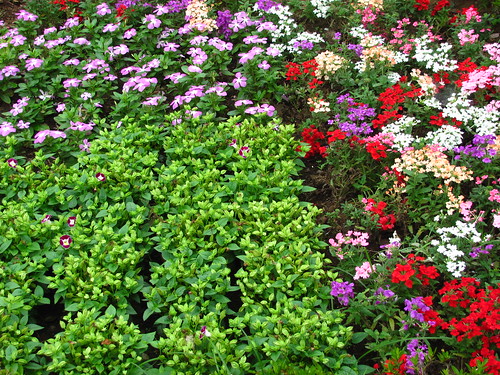








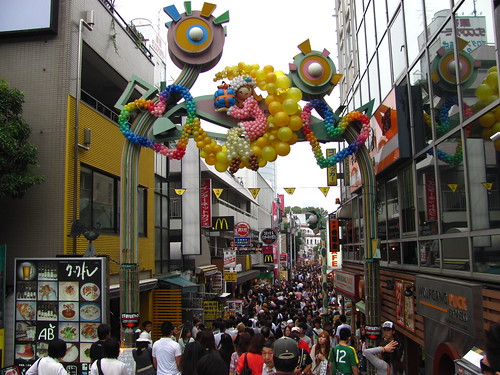


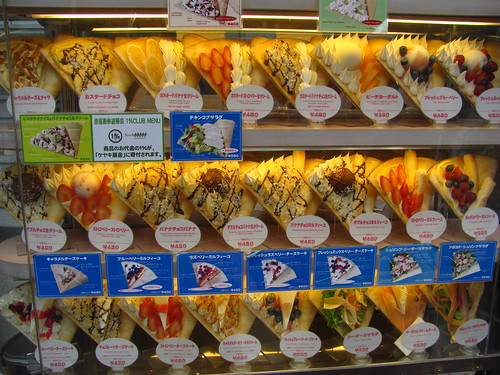























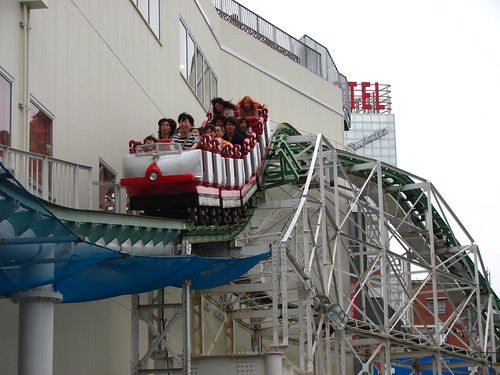



















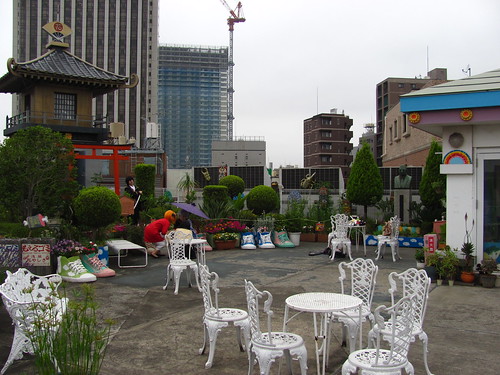









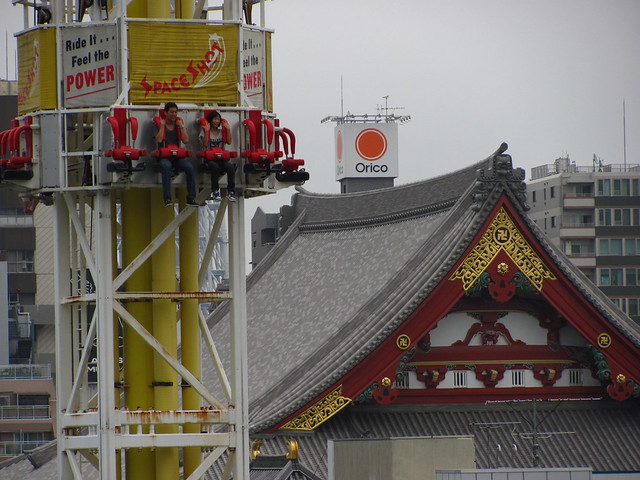
















Comments